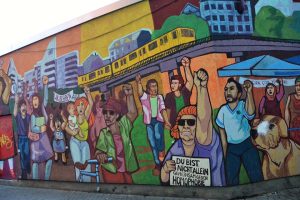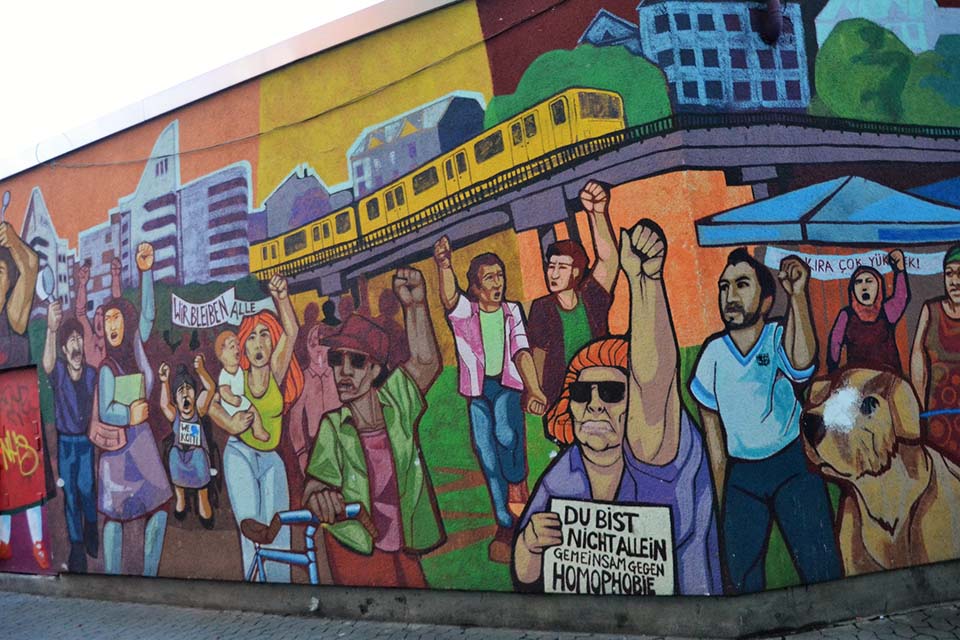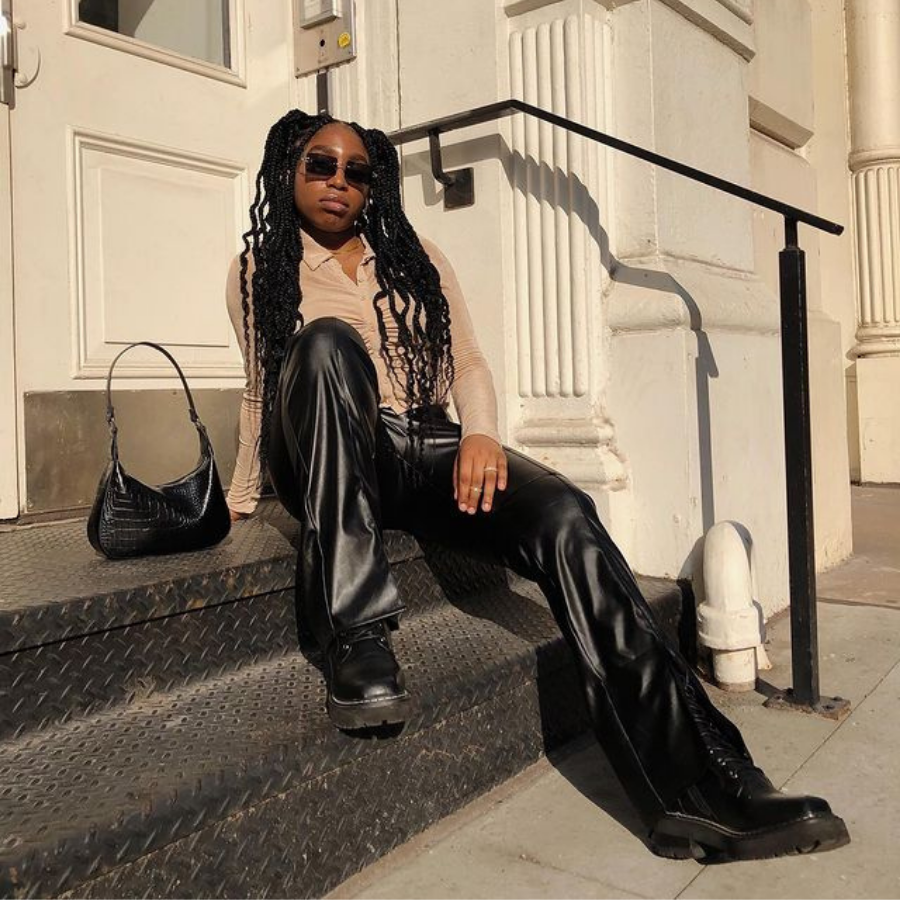As I walk the bustling streets of cities around the world, my eyes are constantly drawn to the vibrant and thought-provoking pieces of art that adorn buildings, walls, and sidewalks. Street art has become an integral part of urban landscapes, transforming once plain and mundane spaces into captivating works of creativity. The diversity within this realm of art never fails to amaze me, as each piece tells a unique story and evokes a different emotion.

One of the most fascinating aspects of street art is its ability to bridge the gap between public space and personal expression. It is a form of art that is accessible to everyone, regardless of their social or economic background. Unlike traditional art galleries, street art is not confined to exclusive spaces that require an entrance fee. Instead, it is freely accessible to all passers-by, which helps foster a sense of community and engagement with the art.
What makes street art even more captivating is its ability to challenge social norms and spark conversations about important issues. I often find myself stopping in my tracks, deep in thought, contemplating the underlying messages conveyed by these artworks. From political satire to social justice statements, street art has the power to challenge the status quo and shine a light on pressing matters that often go unnoticed. It serves as a platform for unheard voices, allowing marginalized individuals to share their stories with the world.
One of my most memorable encounters with street art was in Melbourne, Australia. The city itself is a canvas for artists from all walks of life, who utilize every available surface to showcase their artistic skills. As I wandered through the famous laneways, such as Hosier Lane and AC/DC Lane, I was engulfed in a sea of color and talent. The walls were adorned with intricate murals, stencils, and graffiti that ranged from humorous to thought-provoking.
In these laneways, I witnessed a true amalgamation of artistic styles and techniques. Some artists preferred large-scale murals, covering entire buildings with their intricate designs. Others opted for smaller, more detailed stencils that showcased their attention to detail. It was fascinating to witness the diversity in both subject matter and artistic approach, as each piece had its own distinctive style.
What struck me the most was the strong sense of community that the street art scene fostered. Artists from different backgrounds came together to collaborate, share ideas, and learn from one another. It was not uncommon to see multiple artists working on a mural simultaneously, each adding their own touch to the final masterpiece. This collaborative nature of street art reflects the inclusive and diverse spirit of the urban environment it inhabits.
Street art has also become a powerful tool for urban rejuvenation and revitalization. Many cities have embraced street art as a means of transforming neglected areas into vibrant cultural hubs. By inviting talented artists to showcase their skills, cities are able to breathe new life into forgotten corners, creating spaces that are both visually appealing and socially engaging. This not only attracts tourists but also provides a sense of pride and ownership to the local community.
However, it is important to recognize the fine line between street art and vandalism. While street art adds value to the urban landscape, graffiti tagging, often confused with street art, can have a negative impact. Tagging involves the quick and repetitive marking of one’s name or symbol without any artistic intention. Unlike street art, tagging tends to be more self-serving and lacks the creativity and thoughtfulness that makes street art so intriguing.
Efforts to distinguish street art from graffiti tagging have been made by cities around the world. Some have established designated spaces, known as legal walls or graffiti zones, where artists can freely express themselves without the fear of legal repercussions. These initiatives aim to redirect the energy of graffiti taggers towards more constructive and artistic endeavors, ensuring that the urban landscape remains a canvas for creative expression rather than a victim of vandalism.
As I continue on my journey through various cities, I am constantly amazed by the ever-evolving street art scene. From the dazzling murals of Berlin to the politically charged stencils of Buenos Aires, each city has its own unique flavor and essence. Street art has become a way for cities to tell their stories, to showcase their history, and to celebrate their cultural diversity.
In conclusion, street art is not only a visual feast for the eyes but also a powerful means of expression. It has the ability to transform urban landscapes, create a sense of community, and challenge social norms. By embracing and celebrating this diverse art form, we can create cities that are not only aesthetically pleasing but also culturally vibrant. So next time you walk the streets of a city, take a moment to appreciate the colorful stories that grace the walls around you.+











